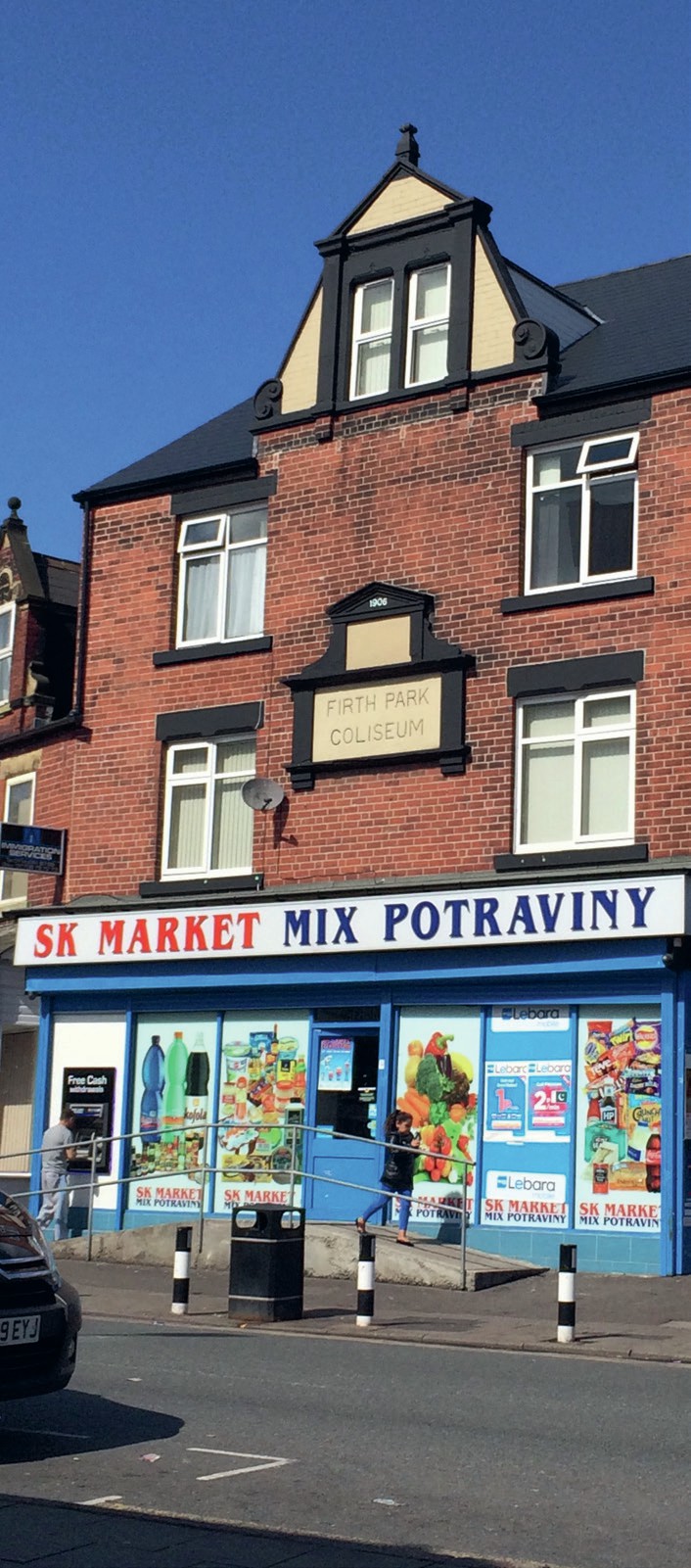
Page Hall in inner-city Sheffield has attracted migrants over many years. The area has streets of small Victorian terraced houses, many of which are owned by private landlords and rented to migrant families. Some of these houses are in a poor state of repair, which means rents are low and therefore attractive to newcomers who may not be able to afford better housing.
After Slovakia joined the European Union (EU) on 1 May 2004, people began to emigrate to economically stronger countries within the EU to seek work. Being part of the EU means you have a right to live and work in any other country within the union. Roma people from eastern Slovakia have moved to the UK and some have moved to Sheffield, about 3,000 now living in the inner-city area of Page Hall. The men mainly work in local factories, at car washes, on building sites or in other types of manual work, and a few work as teaching assistants in local schools. Mothers usually stay at home to look after the house and children.
Your organisation does not have access to this article.
Sign up today to give your students the edge they need to achieve their best grades with subject expertise
Subscribe




